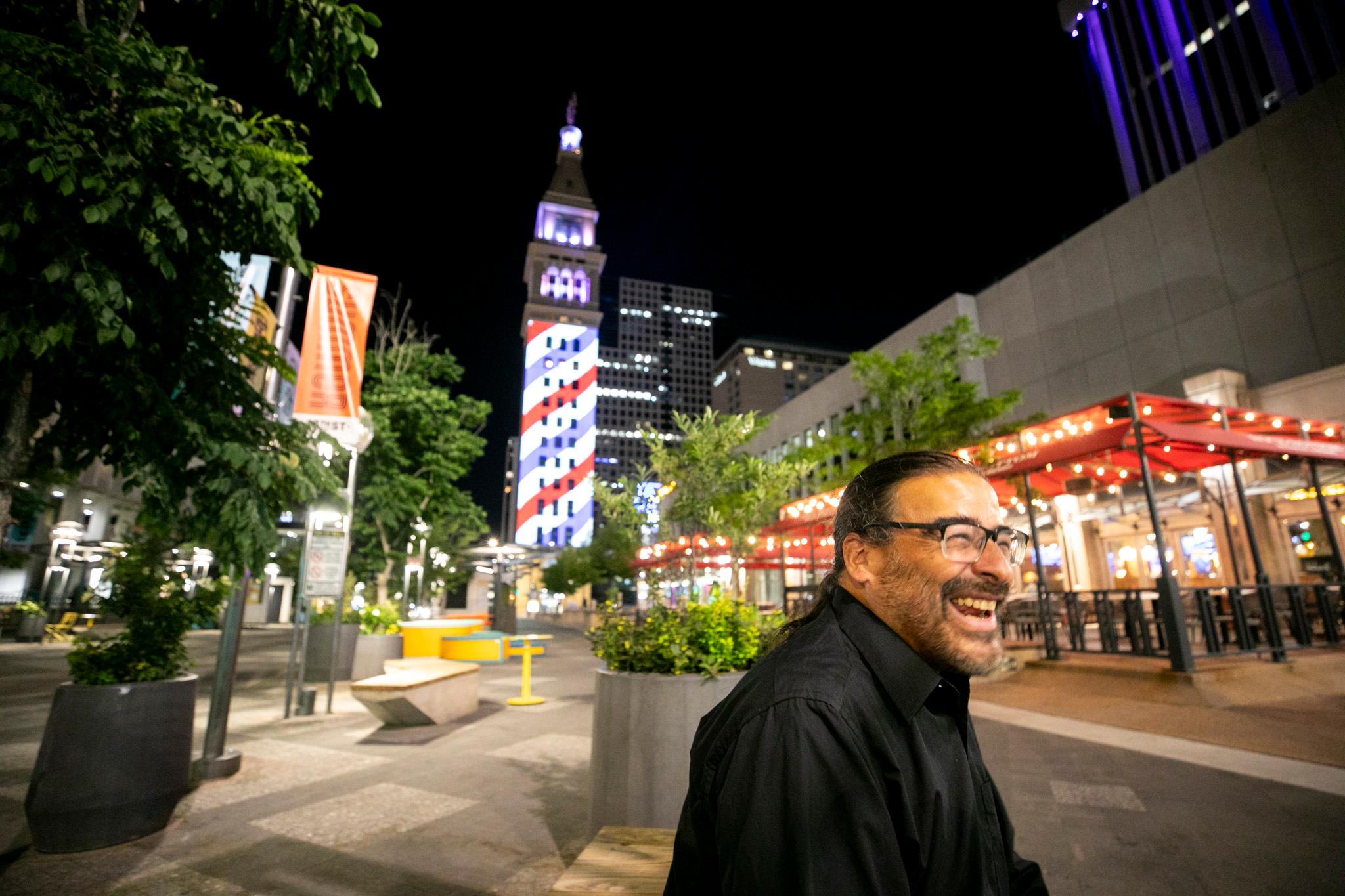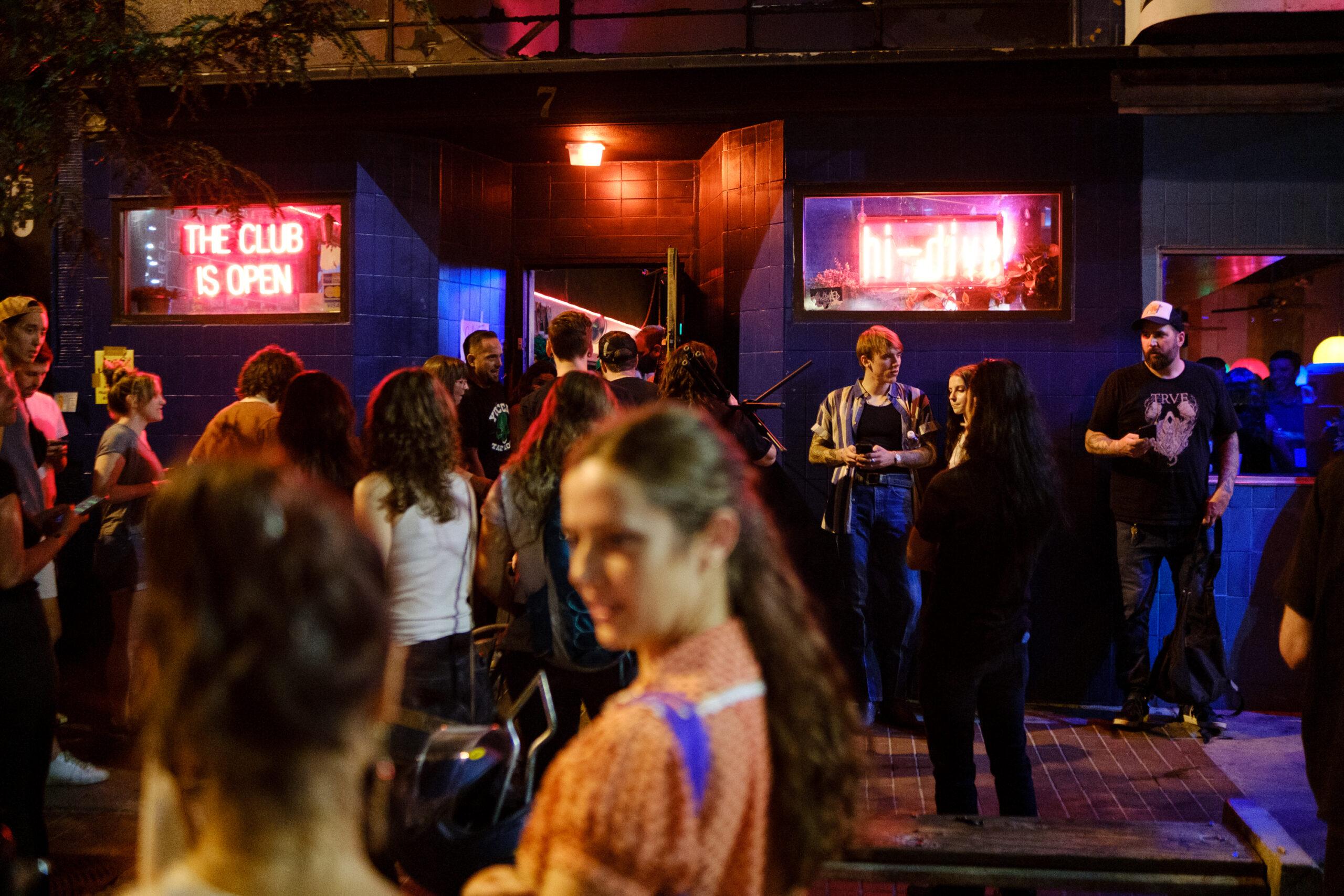We've entered a COVID-19 spring in the city. There are already new norms. I mean, I saw someone wearing an Avalanche facemask yesterday, and it wasn't weird.
What will the summer hold? By this time we would usually be primed for the Denver Cruiser Ride taking over some streets and a cruise down Federal taking over, well, Federal. Squatting at a brewery? That's not really happening the way it once did. Volleyball? Barely seen it since 2019.
Denverite spoke with two experts to weigh the risks associated with our typical summer activities in Denver and the mountains: Dr. Michell Barron, an infectious disease specialist at Aurora's University of Colorado Anschutz Medical Campus and Dr. William Schaffner, an infectious disease specialist at Vanderbilt University Medical Center in Nashville.
It's important to note that participating in these activities, some of which are still banned locally, is a personal decision. This list gauges the general risks associated with each summer activity, but Barron and Schaffner say that everyone must consider local rules, preexisting health conditions, whether they live with at-risk residents and their personal risk tolerance before deciding how -- or whether -- to play.
"Some people jump out of airplanes, usually with parachutes. Others say, 'I don't think so,'" says Schaffner.
Also important: The risk for each activity depends on your proximity to others, how long you're around them, where you're around them, and who you are around. No matter what the scenario, the more space you put between yourself and others, the less chance you have of getting the virus. The longer the exposure, the higher the risk. Outside always safer than inside, and being around people you know well can be safer than congregating with strangers.
The new case count -- which could rise with more interaction -- also plays a role.
"I think that's the key thing for people to also understand is that we don't know if there's going to be another big wave where we see hundreds of cases (a day) or if we're going to see maybe 10 cases," says Barron.
Absolutely no one with COVID-19 symptoms should participate in any of these activities, doctors say.
? Brewerying: low to high risk
Barron says it all just depends on how close people get, how long they're around each other, whether they're wearing masks, and whether the current rate of infections is high or low. Beer gardens are less risky than beer halls.
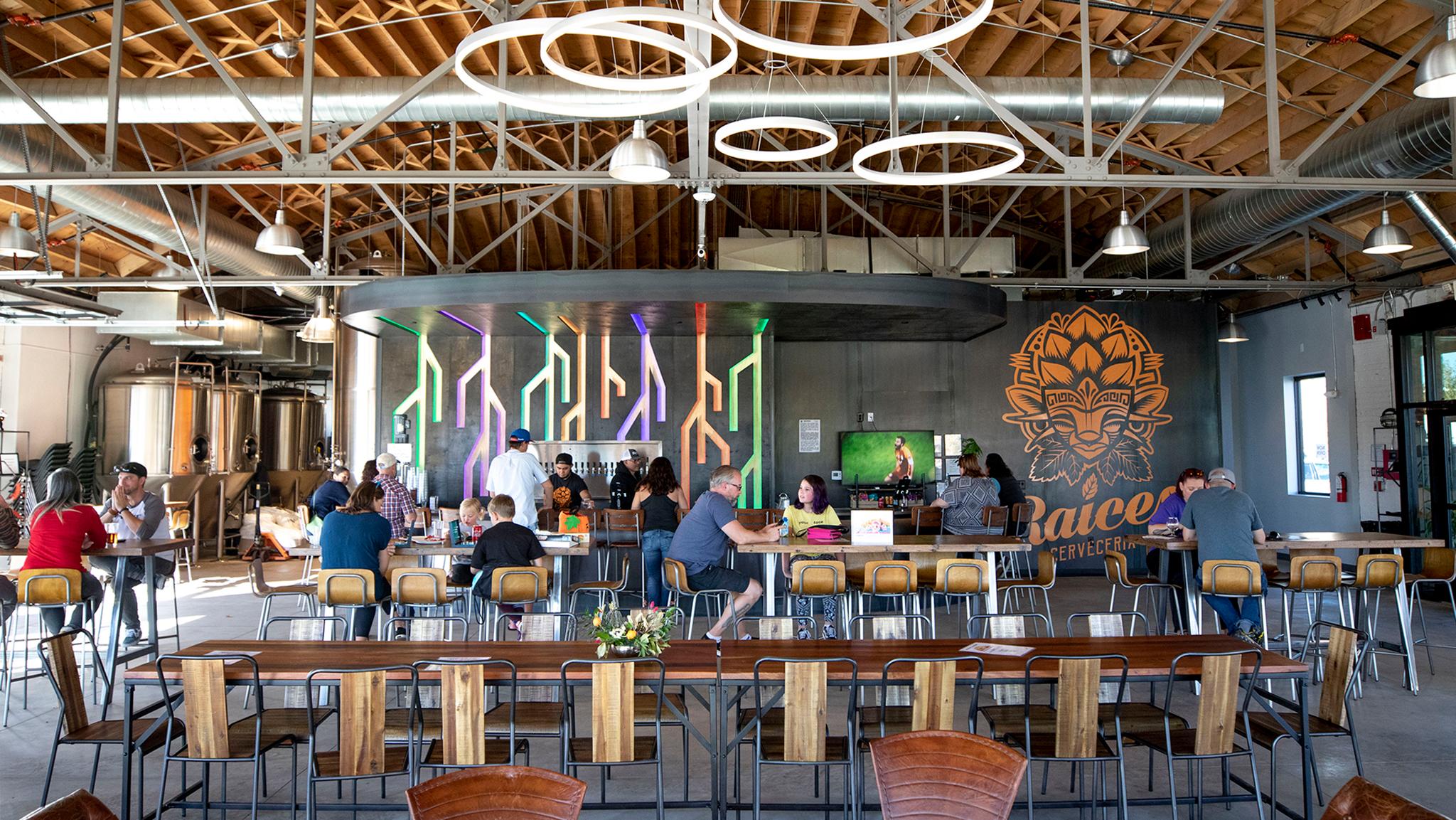
Alcohol famously impairs judgment, so that's something to think about, too.
? Camping: low risk
People pitch tents in the woods to get away from the masses, so it's inherently safe relative to most urban activities. Campers have more control over who is around, plus you usually camp with people you know, meaning you can (and should) talk about your risk to one another and act accordingly.
"Most people don't randomly walk into somebody else's campsite," Barron says.
Barron says everyone should still be conscious of interactions and "maybe not sit as close to the campfire with others" as you normally would.
? Cruising down Fedz: low risk
Cars may be bad for the air, but they're pretty good at keeping drivers isolated from human contact. As far as pandemic activities, the Chicano tradition is about as safe as it gets -- at least the cruising part.
"Even if your window was open, you'd have to be pretty close to the other person," Barron says. "Like, you'd have to be a pretty good spitter to get something out your window, through the air and onto the other drivers," she joked.
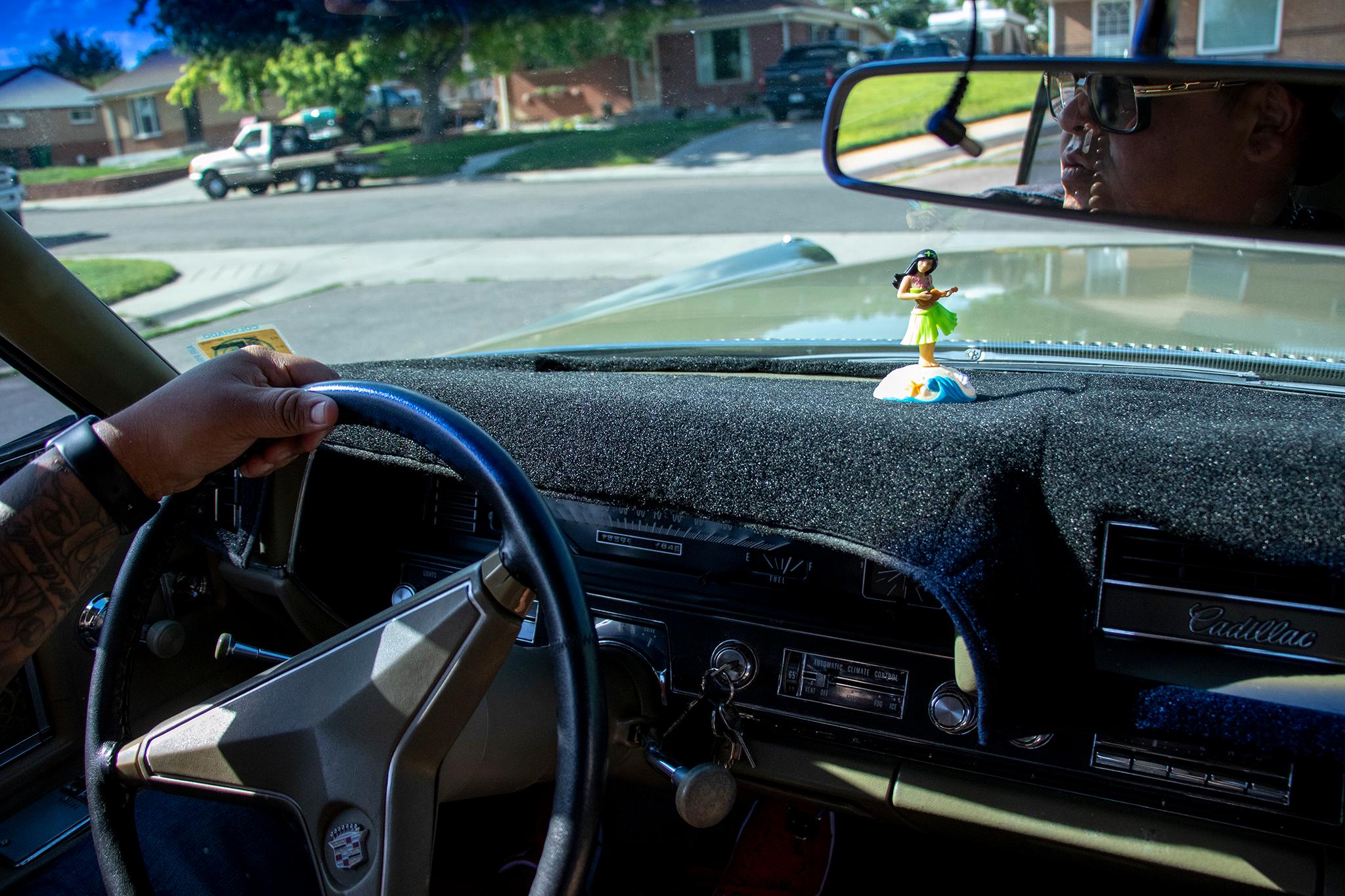
Everyone should wear masks and maintain distance while checking out each others' rides, Schaffner said.
? Denver Cruiser Ride: low to medium risk
If the tradition returns this year, masks should be a part of it. Barron and Schaffner agree that the open-air nature of the spectacle is a plus, but even on Denver's wide streets, hundreds of bikes can mean riders, many of whom don't know each other, are too close for comfort. So it's important to put up shields.
"I'm going to make this suggestion: a new fashion statement for cruising," Schaffner says. "Everybody's wearing a mask. Let's see how fancy those masks are. We're going to do this the way we've pretty much done it before, but now we're going to modify the risk and we'll all wear a mask because we all know that I wear a mask to protect you and you're wearing the mask to protect me. Let's have some fun, but let's do it as safely as we can. Adapt that to the situation."
? Disc golf: low risk
No real risk here, says Barron, as long as you keep your distance from your fierce competitors.
"The likelihood of you being in prolonged contact with someone is going to be low," she says. "But I think it just goes back to being smart."
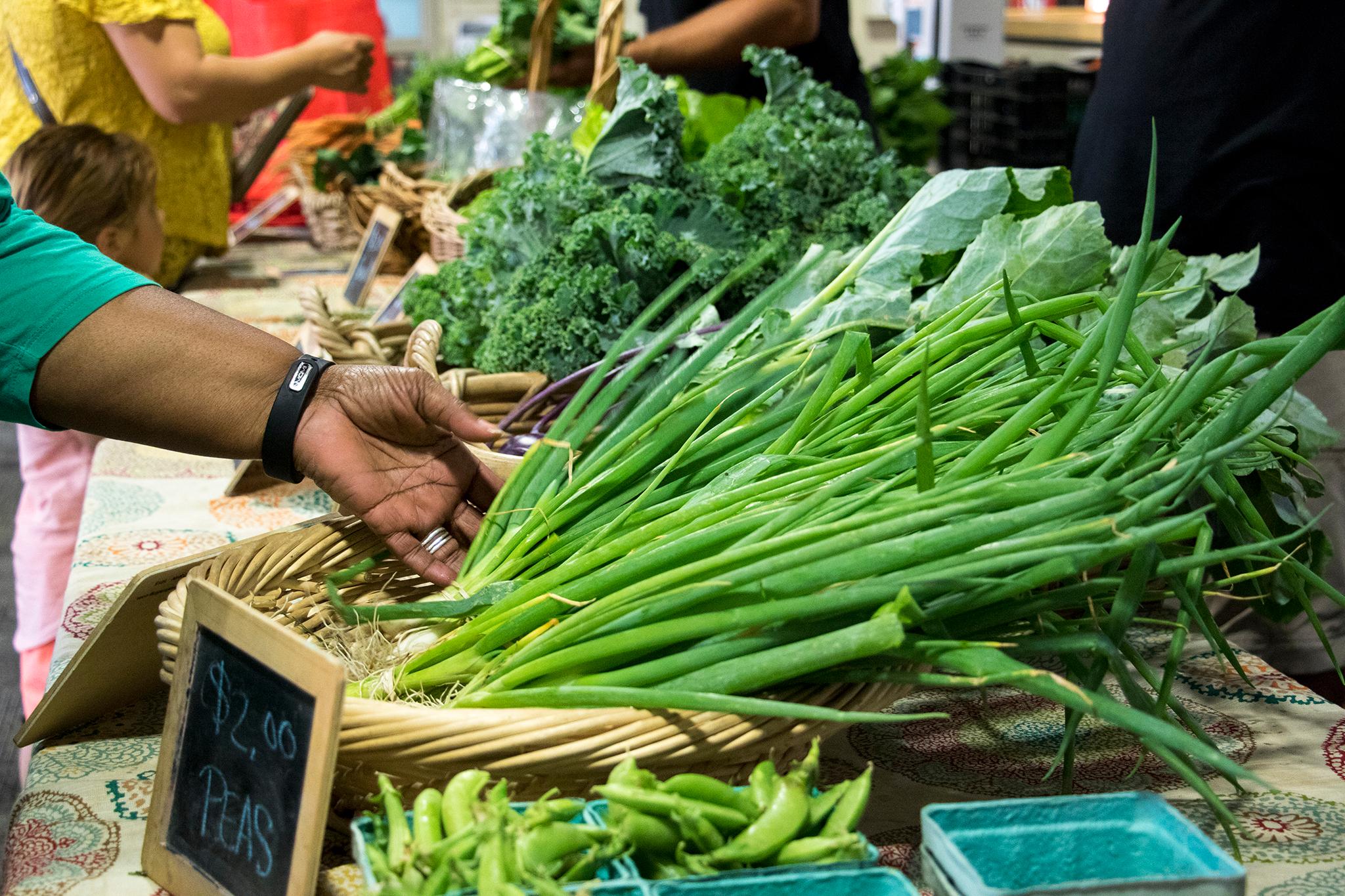
?? Farmers markets: low to medium risk
"Don't worry about the food. That's not an issue," Schaffner said. "It's once again, closeness and duration. And I think you could go to the farmer's market and enjoy it wearing a mask with your hand sanitizer in your pocket."
⛳️ Golf: low to medium risk
Golf is the sport of isolation. You can play alone if you want. Denver's restrictions when it comes to public courses are strict: The clubhouses and pro shops are closed and carts cannot be shared.
But private courses can do things differently. The risk comes from what Schaffner calls "the 19th hole" -- after the round.
"It's once again the enclosed facilities where people get close together, where they relax, they don't have their masks on while they're having their scotch and soda after a round," he says. "They are lapsing into their pre-COVID behaviors."
? Hiking & mountain biking: low to medium risk
We put these in the same category because they often take place on the same narrow trails. The problem, says Schaffner, is not so much on the trails; it's congregating at trailheads before and after the trek and succumbing to pre-COVID nostalgia.
While on the trails, it's cool to keep your mask around your neck as long as you put it on while passing others.
"That would show great respect and acknowledgment to the other folks," Schaffner says.
? Grilling outside: low to medium risk
This activity just depends on how many people you're with and whether you're in a small backyard or a large park. The more distance, the better. And don't share utensils, drinks, etc.
☝️ Protesting: high risk
The thing about protesting is you're congregating with a whole bunch of strangers. Most people are chanting or singing or at least talking, giving the virus a route to others. It's essentially impossible for a bunch of energetic people gathered together for a cause to keep six feet apart, Schaffner says.
"Getting together, that's what the COVID virus likes," Schaffner says.
Standing on the outskirts of the action and wearing masks are good options. It's no coincidence elected officials asked everyone attending the George Floyd rallies to get tested afterward.
The risk also depends on the crowd. People protesting government restrictions inspired by the pandemic aren't too likely to wear masks or keep their distance, Schaffner says.
? Rafting: medium to high risk
Kayaking solo or in a two-seater with friends and family is a better idea than sharing a raft with multiple people, says Barron, especially if they're strangers.
?♀️ Rock climbing: low risk (for catching a virus, at least)
Climbing outside is usually a sport with one-to-two people and a sheer rock face. So, sure, it's not a viral risk, Barron says, but "the idea of it still terrifies me."
?♀️ Swimming at pools and lakes: low to medium risk
Pools aren't open in the city, but if and when they do, it will be the poolside -- not the water, through which the virus does not spread -- that dictates the area's risk, Schaffner says.
Pool operators should keep people six feet apart outside and inside of the pool, he says, and masks are a good idea. Lakes tend to be much larger with more room to spread out, meaning they're likely less risky in general -- as long as people maintain their distance.
? Staying at hotels and rental houses: low risk
As long as you sanitize things that people commonly touch with their hands, the risk at hotels and AirBnbs is pretty low, says Barron.
"I wipe down the remote, light switches and then I feel good because then I know I've cleaned it," she says. "I know all these places have taken additional efforts to do so and so it's probably not necessary, but it makes me feel better."
Don't forget the TV remote.
? Tennis: low risk
City courts remain closed. But as long as you're playing with people you know -- either household members or someone you trust lives a safe lifestyle -- tennis isn't so scary, says Schaffner. Balls and racquets can be easily disinfected, while the virus is difficult to spread through inanimate objects, according to the Centers for Disease Control.
"The route from the physical object to your nose, mouth and eyes are your hands," Schaffner says. "If you do a lot of hand sanitizing and hand washing that will interrupt and reduce that risk very substantially."
?⚽️? Volleyball, soccer and basketball: ?
Team sports are still banned at Denver parks. If and when they're allowed to resume, Barron and Schaffner say the risk of those sports depends on how many people are playing and how long people stay close with each other. The virus tends to spread with prolonged interactions.
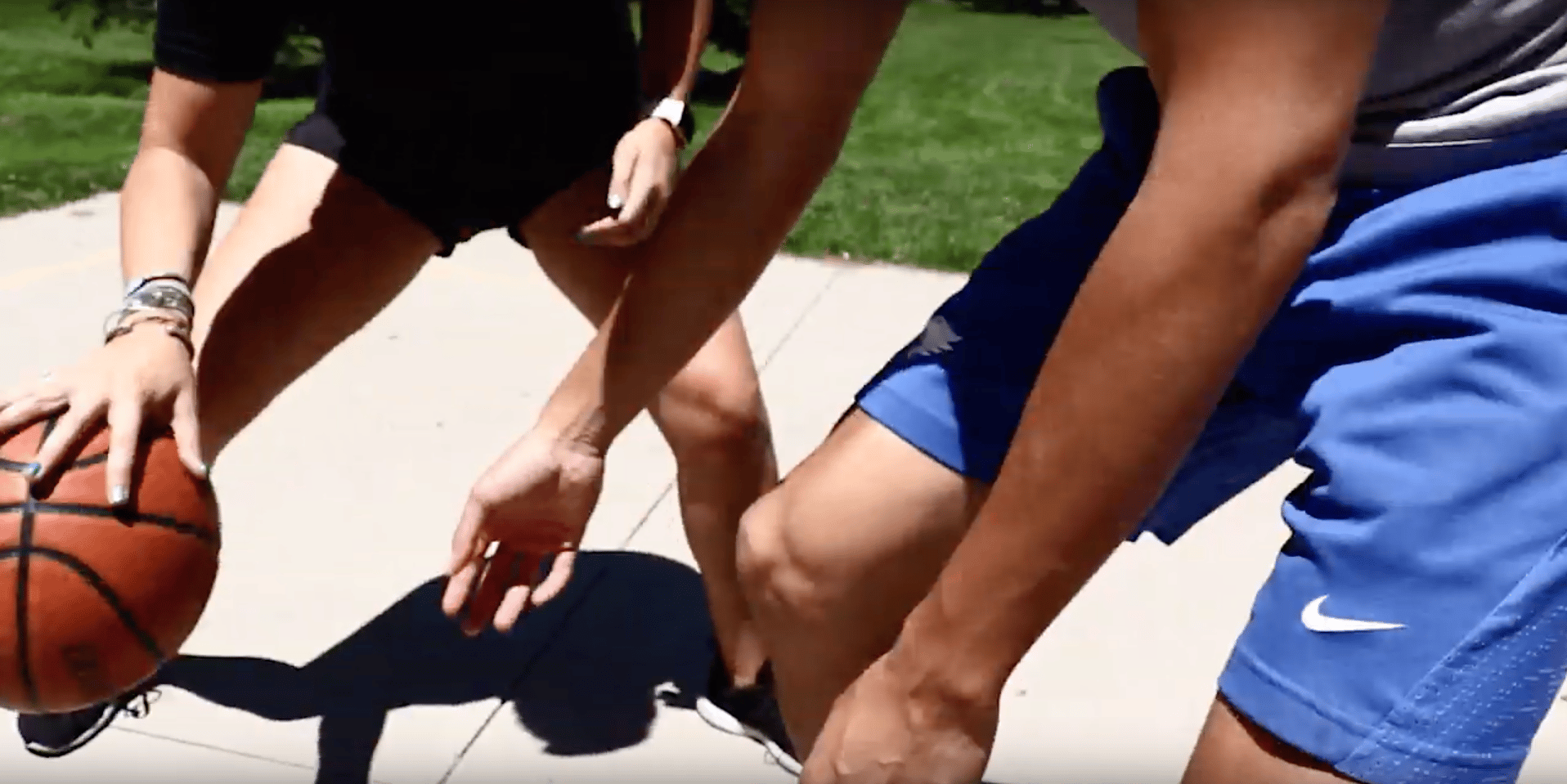
"Usually it's just sort of that quick interaction where you're guarding for the ball or you're trying to steal the ball and then you run off," Barron says. "And so I would say the risk is probably actually lower than we think. But I just don't know that we have all the data."
?♂️ Yoga in the park: low risk
"If you can maintain the six-foot distance between people, I don't see an issue with this going on and actually it's probably really healthy," Barron said. "One of the things that's important is, obviously, you are outdoors and so let's say somebody did potentially disperse something. The air current that's normally outside would normally take care of that, as well as the sunlight if someone were to cough on the mat."










